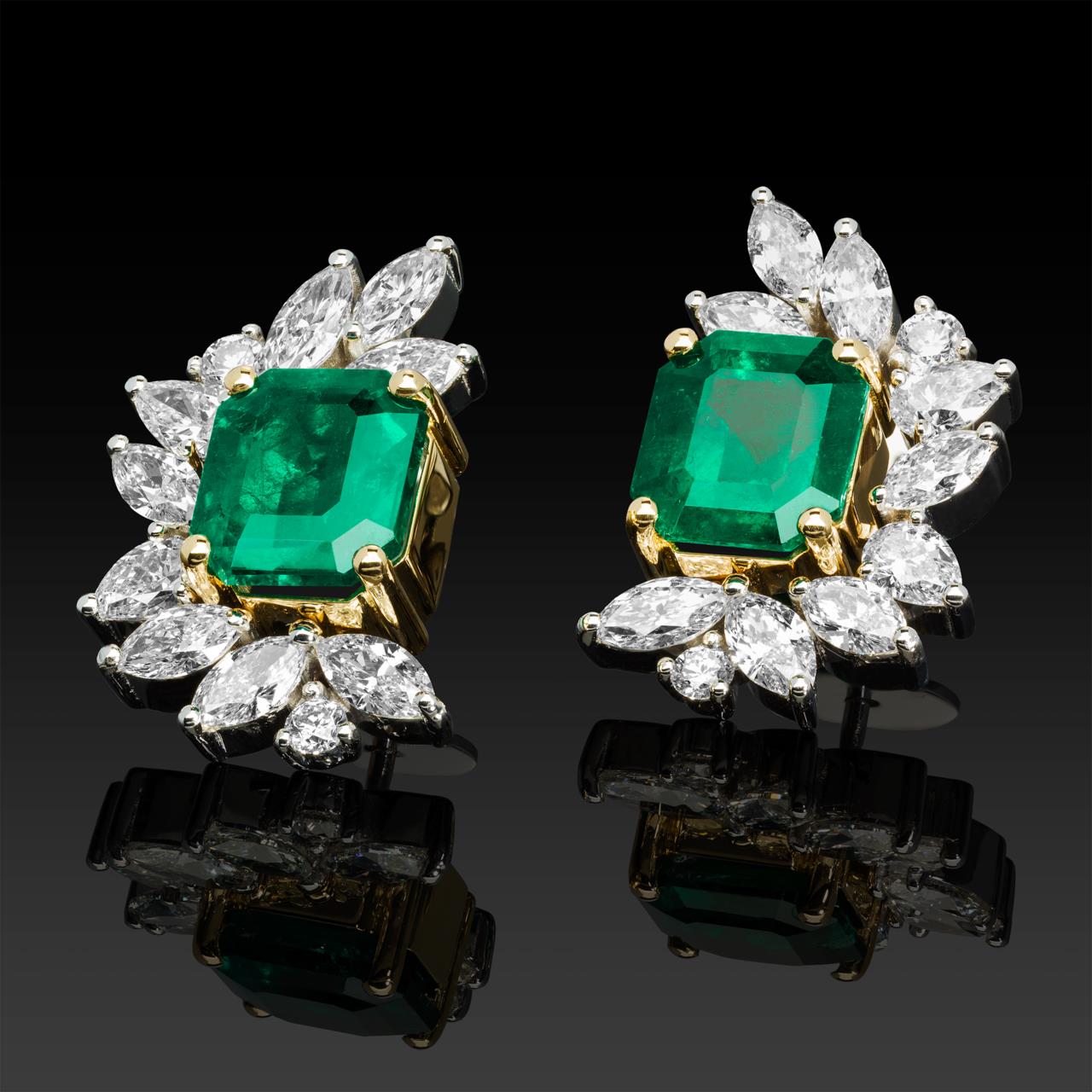Hadi Sabbagh is one of Iran’s most renowned photographers. Working his way up from the local newspaper, he is now the country’s go-to jewelry photographer. We had a quick chat with him to learn more about jewelry photography lighting.

Hadi Sabbagh began his career in a local newspaper. He was soon assigned to work at the layout section, which marked the start of a 15-year-long journey through the graphic and advertising field. It was during the shift from old to new camera technology that Hadi took up photography. Basically, he got tired of photographers who worked with negatives so he decided to go it alone in the industry.
“One of my friends who worked at a local camera dealer helped me to buy my first DSLR camera.”
As many beginners do, Hadi started shooting with on-camera flashes but eventually he, as he put it himself “saw the light” and, after nearly two years as a professional photographer, he realized he needed studio flashes. The Profoto D1 Monolight had caught his attention.

“I was the first buyer of a Profoto D1 Kit in Iran. And that is how it all started.”
Shooting jewelry offers a wide variety of challenges, ranging from security, maintenance and jewelry cleaning to reflections in the subject and light issues. And it requires a great deal of patience.
“The biggest challenge is developing the visual identity for your project. This challenge can be so great that many jewelry brands – even the most famous of them – are unable to solve it.”

If you want to be creative and develop new concepts for each jewelry piece, you cannot use simple modifiers such as tents and light boxes, Hadi explains. However, some elements are usually common for all shoots. For instance, Hadi always uses a Profoto D4 and the ProBox.
“The ProBox is a really good light-shaping tool for product photography. In macro photography, it is used as a softbox with consistent light and sharp edges. It can also be used as a main light or to highlight the subject. I own three of them.”



“I usually combine the use of soft and hard light. I use medium format cameras and the focus stacking technique. The D4 generator has stability in color temperature and output intensity. These are key features when applying the focus stacking technique. With four outputs, it is very convenient for professional work”

When I ask Hadi how he started working with jewelry photography, he explains that three years ago a friend of his recommended him to a young jeweler with innovative ideas about extending his business. This particular jeweler, Mr. Ali Alaghband, was one of the first to start using Instagram to promote his business.

“He saw a few photos of mine and then he asked me: ‘Do you have any experience in jewelry photography?’ I said ‘No’.”
He had worked with some other photographers in the past but found the results unsatisfactory. Despite Hadi’s lack of experience in jewelry photography, Ali Alaghband commissioned him right away when he saw Hadi’s first jewelry shoot.

“I still cooperate with him. We have 700+ jewelry photographs to date. That’s a local record.”
When asked about his favorite photo, Hadi simply replies:
“My favorite photos are those I haven’t taken yet! Because I believe that I have only scratched the surface and I don’t want to stop.”
For more pictures from photographer Hadi Sabbagh visit his Instagram account.
